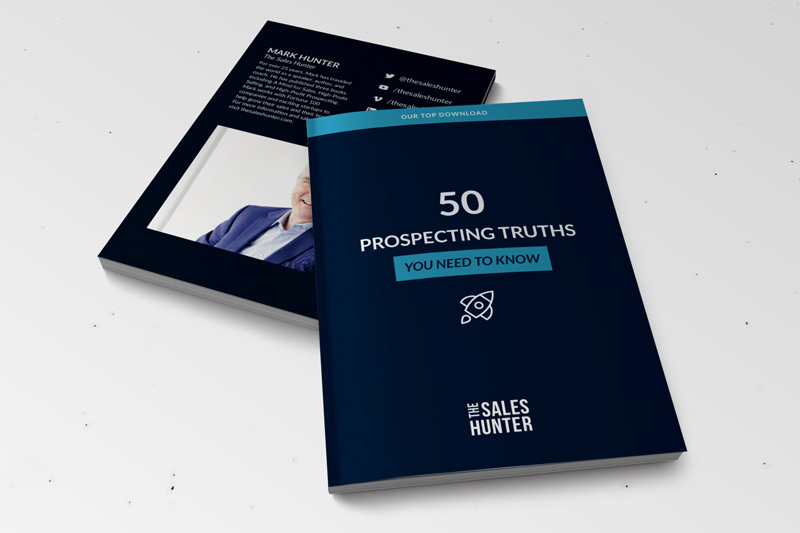 1. Give the customer two options.
1. Give the customer two options.
Doing this allows them to feel in control. Many people don’t want to be sold. Giving them an option allows them to feel they’re in control.
2. State your offer with confidence with a strong voice and strong body language.
If you can’t state your price with confidence, why would you expect the customer to feel the price is firm?
3. Give the customer a high-price option before giving them the price point option you want the to take.
Giving them a higher-price option first subliminally will get them to look at your other price option as a bargain.
4. Before closing the sale, think to yourself as to why you should be asking for a much higher price.
Doing this preps your mind to believe the price you’re asking is a bargain. When you feel it’s a bargain, your customer will too.
5. Focus on the pain or gain.
How is the customer expecting to benefit from what you’re offering? Just prior to stating the price, remind the customer of the pain they’re dealing with or the gain they will receive.
6. Don’t put the price in front of the customer unless they are the decision maker and are capable of making the decision now.
Providing a price to someone who can’t buy or is not ready to buy only sets you up for having to discount something later to secure the deal.
7. Once the customer agrees to buy, stop trying to get more!
Trying to continue and get more sets you up for losing what you’ve gained up to that point. If you want to sell them more, start going after it once the sale you have is firmed up and there is zero risk of losing what you have. This means typically waiting at least a couple of days before trying to sell more.
8. Don’t expect to negotiate.
If you go in the meeting expecting to negotiate, you will. That’s a bad approach, because you will have a “discount” mindset from the beginning.
9. Never think the sale you’re trying to get is the only sale you’ll ever get.
If you go into a deal feeling desperate, you will wind up coming across as desperate and giving away too much. The customer will sense your insecurity and they will have the upper-hand.
10. Never forget that customers don’t buy anything, they only invest.
For their “investment,” they want to have a return on their investment. We call this the “expected outcome.” Close the sale by allowing the customer to achieve their expected outcome.
Copyright 2014, Mark Hunter “The Sales Hunter.” Sales Motivation Blog. Mark Hunter is the author of High-Profit Selling: Win the Sale Without Compromising on Price.














One Response
Succinct and very appropriate tips. Good reminders for sales people (experienced and new) to remain focused on the right outcomes and techniques.